“If a project is in question, Agile is the answer“, James Grenning
Do you know the feeling of helplessness, when you want to finish something, and then a series of “situations” happen that prevent you, despite a good initial plan?
This is exactly what the saying refers to: “Life is what happens while we are making other plans“.
Unforeseen circumstances are inevitable in business, and to be a sustainable system, it is necessary to be adaptable.
Everyone knows what the word agile means – fast, nimble, quick, dexterous. This word has been mentioned especially often in recent years because changes are happening so quickly that this feature has become not only desirable but necessary for survival. And we all had the real test during the COVID-19 pandemic, which taught us that both the system and people must be flexible.
Turbulent changes in consumer habits, changes in transport and logistics solutions, rising prices of raw materials, and more – become a challenge for companies and the question is how to function further. The solution lies in the application of a new business paradigm that continuously adapts to new requirements. The good news is that there is a model that works according to this principle, and the bad news is that the success of the implementation depends solely on the team that introduces it.

The future of companies is to be agile
Agile business is a set of values and principles and includes various concepts, i.e. “framework” that can be chosen depending on the teams and needs. The most well-known and accepted is the Scrum framework, which helps teams generate value through adaptive solutions to complex problems. This framework found its greatest application in the IT industry, back in the eighties of the last century, but it is unstoppably expanding into other industries: finance, insurance, telecommunications, manufacturing industries, etc. In the world, many FMCG companies are introducing “agile” due to the need to deliver value in shorter periods. The project, which is defined for one year, becomes the “big picture” towards which we continue to strive, but it is broken down into shorter periods in which the “sub-project” needs to be implemented. Thus, on the one hand, the development towards the realization of the big goal is monitored and problematic delays are resolved in phases, and on the other hand, costs are optimally managed. A good example is the development of a new product, as a frequent project in the FMCG industry, because innovations are a significant generator of growth.
Imagine that you can reduce the deadline for the launch of a new product from 12 months to six months just by implementing the new Agile approach. How much savings in time and costs, how much value and additional earnings, and more importantly, how much good team spirit they would create…
Anyone who has been involved in any business project knows very well how easily deadlines and budgets are exceeded. The reasons are numerous: long decision-making process, mandatory administrative procedure, lack of delegation, unverified and late available key information, errors in calculations, etc. All this burdens both the organization, because it makes processes more expensive, and the employees who become demotivated and tired.
New organizational structure and new roles
The future of successful organizations is to be Agile, i.e. less hierarchical – more cooperative, less reactive – more proactive, and for that the teams need to be empowered, independent and ready for continuous personal improvement and learning. Because enthusiastic employees give the company the greatest value.
The idea is simple: when you define a goal, you need a TEAM, which joins together to realize the goal with each member contributing to the progress. It is important to note that teams must be able to self-organize and make independent decisions in their domain, and synchronize with other members at (usually) bi-weekly meetings, the so-called “sprints”, when a “review” or overview of achievements and planning for the next period. True value is delivered through continuous iterations and incrementals.
Companies that have successfully applied the concept of Agile business have special sectors. New positions and roles in Agile Company are Scrum Master and Product Owner (currently “top-in-demand” globally). These positions are interesting to everyone who is thinking about changing or starting a career in this field (because no prior knowledge is necessary).
The Scrum Master is a person who is in charge of managing the process and has the authority to lead and direct the team based on experience and expertise, and is in charge of motivating the team (but, he does not have power over the team, nor is he involved in decision-making ).
A product owner is a person who knows why a certain product should exist and how it should be made. His role is to understand the needs and wishes of the “customer”, make priorities and convey that vision to the team that needs to deliver value.
An Agile Mindset implies a change in both structure and culture
At first glance, the principle seems logical and easy to implement: you have a goal that the Product Owner is focused on and you have a team that needs to achieve the goal, and the Scrum master directs them in this. However, the implementation of the “framework” is only part of the implementation of Agile transformation. What is often a break is the culture of the organization. Behavior, leadership style, structure, and organizational processes require change and the application of comprehensive “change management” for this way of working to be successful. What is a key and critical element of an adequate application of agile practice is open communication, so that the employees have a feeling of support, security, and freedom to give initiative, that is, to be motivated to express their full potential.
Before the decision on Agile transformation, an assessment should be done, the so-called. “assessment” of the company climate and the maturity of the teams. The good practices of developed countries certainly speak in favor of the Agile way of doing business, whether at the sectoral or corporate level. Start with a small test, learn, and let the Agile way of doing business modernize you and move you forward.

